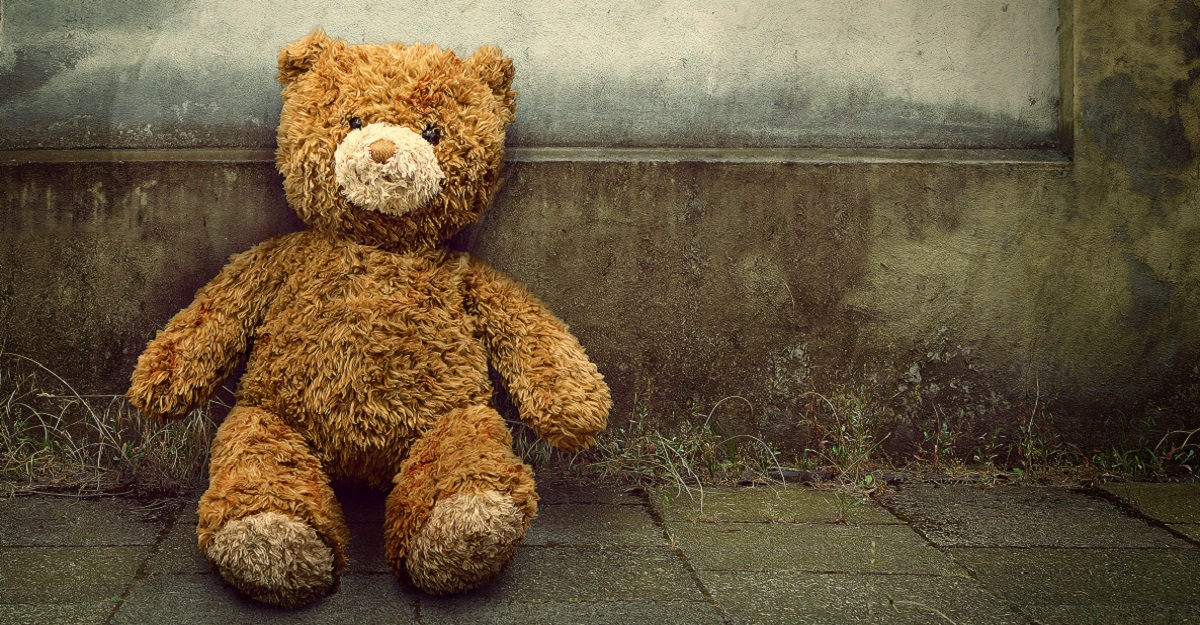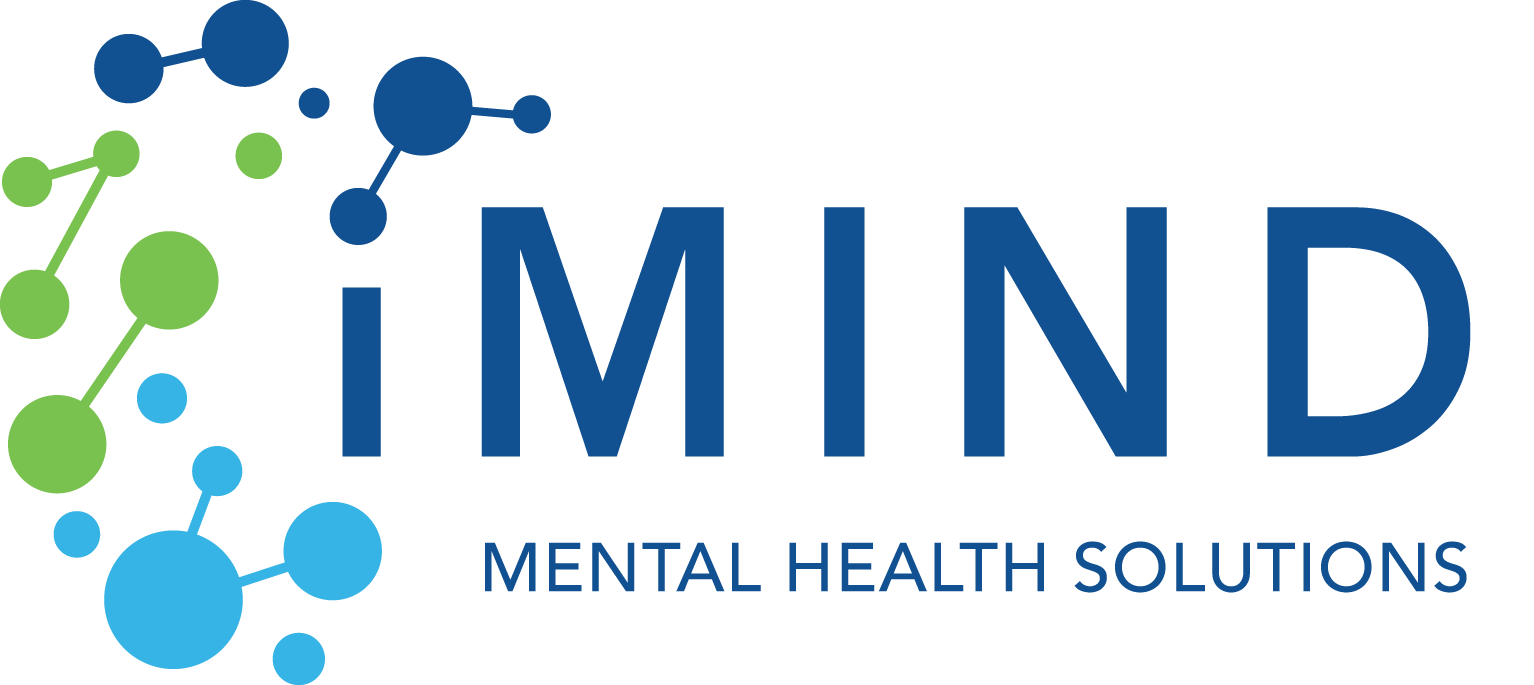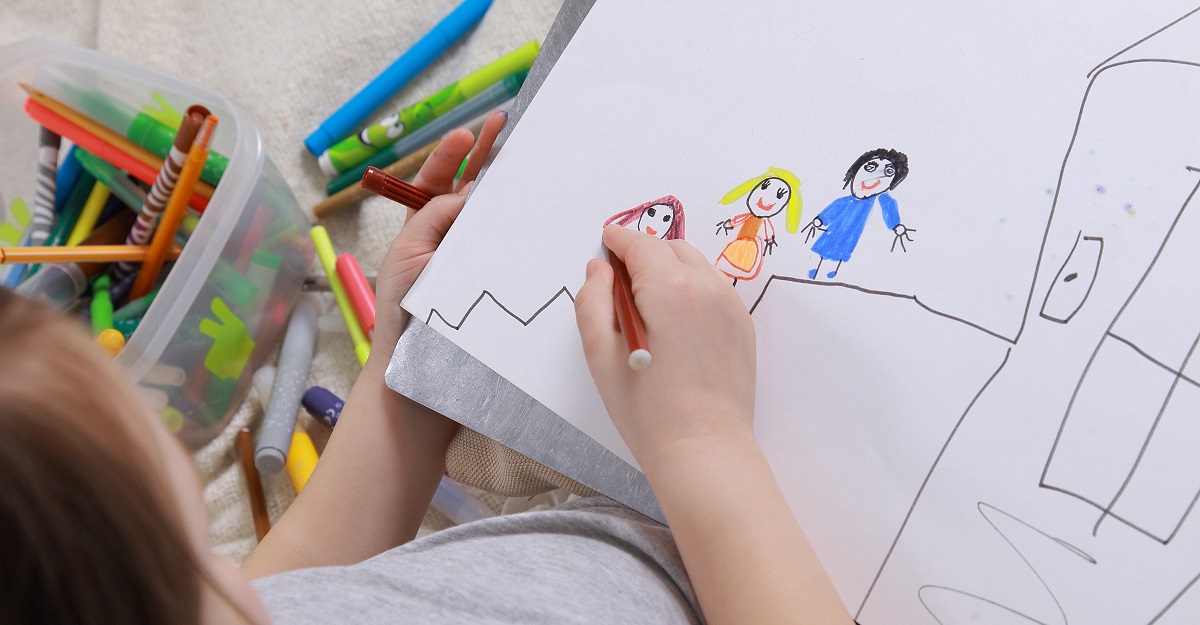Childhood Neglect: What You Need to Know about How it Affects Mental Health
iMind Mental Health Solutions Resource

Life is often described as a series of interconnected relationships—from family and friends to colleagues and romantic partners. The quality of these relationships is not merely a function of adult choices or circumstances. It is deeply rooted in the experiences we encounter during our formative years.
Childhood neglect—a form of maltreatment characterized by the absence of adequate emotional or physical care—casts a long shadow that can extend well into adult life. The ramifications of such neglect are not limited to individual mental health. They manifest powerfully in how we connect, trust, and build relationships as adults.
Although the scars of childhood neglect can profoundly impact adult relationships, there are various therapeutic approaches and self-help strategies to heal these wounds.
The Scope of Childhood Neglect
Childhood neglect is a form of child maltreatment characterized by the absence or insufficiency of essential care, whether that’s emotional, physical, educational, or medical. Unlike other forms of abuse that are defined by the presence of harmful actions, neglect stands out because it is marked by the absence of necessary actions.
Types of Childhood Neglect
- Physical Neglect: Failing to provide for a child’s basic needs such as food, clothing, and shelter.
- Emotional Neglect: Lacking emotional support, love, and nurturing, often leading the child to feel abandoned or insignificant.
- Educational Neglect: Not providing adequate education or learning support, including allowing chronic truancy.
- Medical Neglect: Failing to provide appropriate healthcare for conditions that need treatment.
While physical neglect may be easier to identify, emotional neglect is often elusive but equally detrimental. A child may be well-fed, clothed, and sent to school, but if their emotional needs are ignored, they may still suffer from neglect. Emotional neglect is the absence of emotional support, attention, and affection, making the child feel fundamentally unworthy or unloved.
Long-Term Impact of Childhood Neglect
Neglect in childhood can have a lifelong impact on mental health, affecting emotional regulation, self-esteem, and the ability to form healthy relationships in adulthood. It often leaves individuals with various emotional and psychological challenges that manifest in adult relationships as trust issues, emotional unavailability, and even dysfunctional attachment styles.
Prevalence of Childhood Neglect
Childhood neglect is disturbingly widespread. According to data from child protective services, neglect is the most common form of child maltreatment in the United States, surpassing physical and sexual abuse. Approximately one in four children experience child abuse or neglect in their lifetime. Of maltreated children, 78% are neglected.
The Psychology of Attachment
Attachment theory, a cornerstone in the understanding of human relationships, describes the enduring emotional bonds that humans form with significant caregivers, from infancy through adulthood. Grounded in the works of John Bowlby, the theory was further refined and empirically tested by psychologist Mary Ainsworth, whose “Strange Situation” study became a landmark in the field.
Attachment Styles
“A securely attached child tends to believe that others will be there for him, while an insecurely attached child is uncertain.”
-Mary Ainsworth
Ainsworth identified four primary attachment styles, initially observed in children but later found to be applicable in adult relationships as well. These styles are:

Secure Attachment
Characterized by a strong sense of self-worth and the ability to form healthy, interdependent relationships.
Impact on Relationships: More likely to form stable, long-lasting relationships characterized by mutual respect and affection.

Anxious Attachment
Marked by preoccupation with attachment that often leads to high levels of anxiety and neediness in relationships.
Impact on Relationships: May find themselves constantly anxious about the state of their relationships, needing frequent validation and reassurance.

Avoidant Attached Individuals
Defined by a fear of closeness or emotional dependence, leading to emotional distancing in relationships.
Impact on Relationships: May shy away from intimacy and maintain emotional distance, even in committed relationships.

Disorganized Attachment
A combination of anxious and avoidant behaviors, often resulting from traumatic or inconsistent caregiving.
Impact on Relationships: A combination of anxious and avoidant behaviors, often resulting from traumatic or inconsistent caregiving.
A securely attached individual typically trusts that their needs will be met, while those with insecure attachment styles may either obsess over or disregard the role of relationships in their emotional well-being.
Transitions Between Styles
While these styles are relatively stable, transitions can occur, particularly through significant relationships or therapeutic intervention. For example, an anxiously attached person can become more secure through a stable relationship or targeted therapy.
Understanding the psychology of attachment offers an invaluable lens for examining how childhood neglect can distort these fundamental emotional bonds. It sets the stage for our exploration into how such early life experiences specifically shape attachment styles and, consequently, adult relationships.
How Childhood Neglect Shapes Attachment
Childhood neglect, as a form of emotional abandonment, has a pervasive influence on attachment styles. Neglect can distort a child’s innate ability to form secure bonds, not just with primary caregivers, but with significant others throughout life. Understanding this impact necessitates a dive into various facets—emotional unavailability, trust issues, and inadequate coping mechanisms—that are commonly observed in adults who experienced neglect as children.

Emotional Unavailability
The absence of consistent emotional support and warmth during childhood can lead to emotional unavailability in adulthood. This manifests as difficulties in recognizing, understanding, or expressing emotions—a state that undermines the quality of relationships. Such individuals may build emotional walls, distancing themselves from partners, friends, and even their own emotional experiences.

Trust Issues
Childhood neglect often results in fundamental issues of trust. When basic emotional and physical needs are not met, a child learns to doubt the reliability of others. This sense of unpredictability extends into adult relationships, where the fear of abandonment or betrayal undermines the formation of healthy, secure bonds.

Inadequate Coping Mechanisms
Neglect teaches children inappropriate ways of coping, such as emotional numbing, hypersensitivity to potential threats, or adopting a ‘caretaker’ role to gain approval. These coping strategies often carry into adulthood, influencing how an individual navigates emotional stress and relational challenges.
Alice Miller, in her poignant work “The Drama of the Gifted Child,” articulates the long-term effects of neglect, a loss of vitality or the ability to experience emotions spontaneously and authentically.
“The true opposite of depression is neither gaiety nor absence of pain, but vitality—the freedom to experience spontaneous feelings.”
These suppressed emotions and curtailed spontaneity pave the way for compromised emotional connections, perpetuating a cycle of dysfunctional attachment patterns.
Healing Attachment Wounds
While the impact of childhood neglect on attachment styles and adult relationships can be profound, it’s crucial to emphasize that these patterns are not set in stone. Through various therapeutic approaches, self-help strategies, and relationship dynamics, individuals can work on healing these deep-seated attachment wounds.

Therapeutic Interventions
Attachment-Based Therapy: Focuses on creating a secure therapist-client relationship as a ‘corrective emotional experience,’ enabling individuals to explore and understand their attachment issues safely.
Cognitive Behavioral Therapy (CBT): Helps individuals identify and challenge their dysfunctional thought patterns and beliefs, often rooted in neglect, and replace them with healthier alternatives.
Trauma-Informed Care: Especially useful for those with disorganized attachment, this approach acknowledges the impact of traumatic experiences and aims to create a safe, empowering therapeutic environment.

Self-Help Strategies
Mindfulness and Emotional Regulation: Techniques like mindfulness meditation can teach individuals to become aware of their emotional triggers and reactions, making it easier to manage emotional dysregulation.
Self-Compassion: Learning to be kinder to oneself can be a transformative experience, particularly for those who have internalized feelings of unworthiness due to childhood neglect.
Establishing Boundaries: Understanding one’s needs and communicating them effectively can help neglected individuals build healthier, more balanced relationships.

Supportive Relationships
Forming a relationship with a securely attached partner can sometimes serve as a ‘corrective emotional experience,’ helping individuals realize that not all relationships are fraught with neglect and emotional unavailability.
A Lifelong Journey
Healing attachment wounds is often a lifelong journey that involves setbacks and relapses. What’s important is the continuous commitment to self-improvement and relational health.
This type of healing journey can involve professional therapy, self-help strategies, and the formation of healthier relationships. Despite the challenges that arise from experiencing childhood neglect, it is possible to relearn how to form secure, meaningful connections as an adult. This healing not only enriches one’s emotional life but also breaks the cycle of neglect for future generations.
- Ainsworth’s Strange Situation Experiment | Attachment Styles & Test Video. (2021). Ainsworth’s Strange Situation Experiment | Attachment Styles & Test – Video & Lesson Transcript | Study.com. Study.com
- Brown, C. L., Rabbitt, A. L., & Yilanli, M. (2019, March). Child Physical Abuse And Neglect. Nih.gov; StatPearls Publishing
Latest News
-
Top 10 Questions About Art Therapy for Mental Health
Art therapy has recently gained recognition for its unique blend of healing therapy and personal expression. Despite its growing popularity, there seems to be some misunderstanding about what art therapy entails, who it can benefit, and how it differs from other forms of therapy.
-
ADHD Strengths: The Positive Side of Attention Deficit Hyperactivity Disorder
Scattered minds, fidgety bodies, and difficulty focusing. Attention Deficit Hyperactivity Disorder (ADHD) often gets painted in shades of struggle. But what if there’s a brighter side to the story? What if, beneath the challenges of ADHD, lie unique strengths just waiting to be unlocked?



